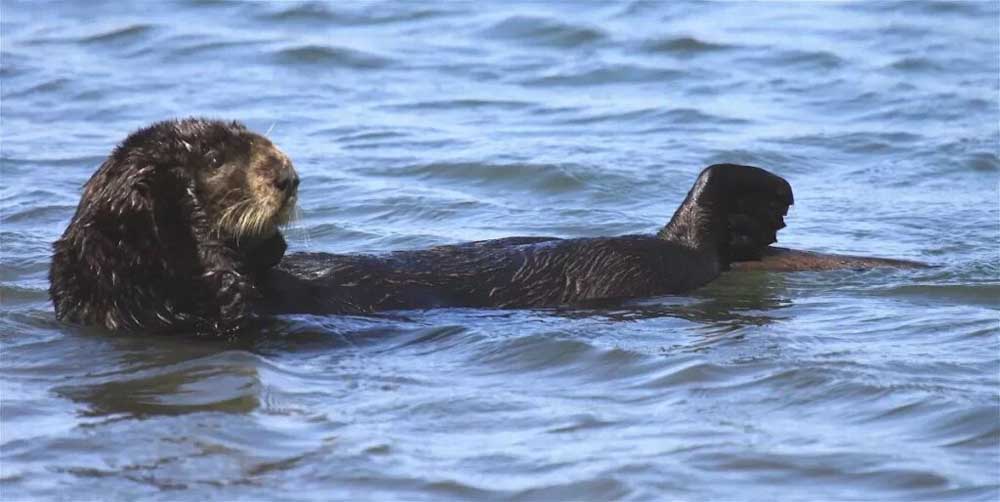Fish and Wildlife Service asks Oregonians about return of threatened sea otters
Published 7:00 am Thursday, June 22, 2023

- A young southern sea otter grooming itself on the California Coast.
Federal officials want Oregonians and Californians to weigh in on the potential return of threatened sea otters to their historic home.
Trending
The U.S. Fish and Wildlife Service is holding eight open houses along the Oregon Coast this week to share a proposal for reintroducing southern sea otters — one of three subspecies of sea otter — to the Pacific Coast from San Francisco and up through Northern Oregon.
The otters have been mostly absent for more than a century, and Oregon is the only state on the Pacific Coast that has no southern sea otters, according to a news release from the federal agency.
The otters are a keystone species, meaning many other marine species largely depend on them, and their absence has myriad effects especially on kelp and seagrass forests and species that depend on those oceanic forests. The otters eat sea urchins that attack kelp.
Trending
The otter has been listed as threatened under the federal Endangered Species Act since 1977. They were nearly hunted to extinction for their fur throughout the 1700s and 1800s.
The federal agency wants to give communities the chance to ask questions and to share any concerns about their return, including the potential for economic losses to the commercial shellfish industry. Southern sea otters consume more than 150 different species, including mussels, crabs and clams. The reintroduction of the otters could also result in restrictions or prohibitions on some fishing gear to protect the otters from becoming caught or hurt, according to the news release.
Scientists from the agency concluded in a feasibility study that the benefits of their reintroduction outweigh the potential negative impacts to fishing and shellfish harvesting. As a keystone species, their return would enhance the health of kelp and seagrass ecosystems and the fish that depend on them, potentially increasing some fish populations. Growing kelp and seagrass forests is also helpful for reducing ocean acidification and for trapping climate change causing carbon dioxide from the atmosphere.
About one-third of all sea otters today exist because of reintroduction efforts in other parts of their historic range, which spanned from Baja, Mexico to Alaska and as far west as Japan.
Between 1969 and 1970, 59 sea otters from Alaska were reintroduced in coastal Washington, and today, the population has grown to more than 2,700.









